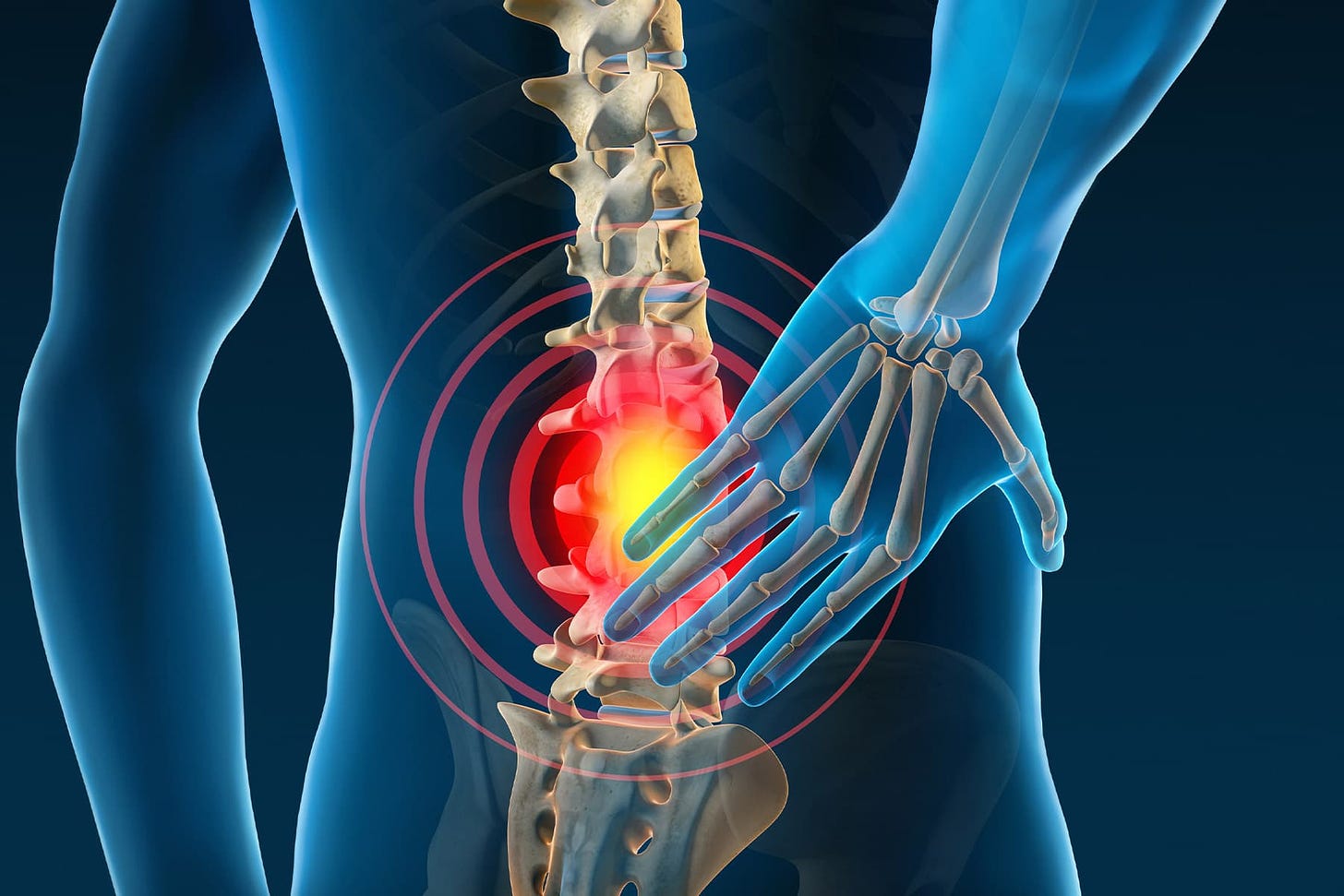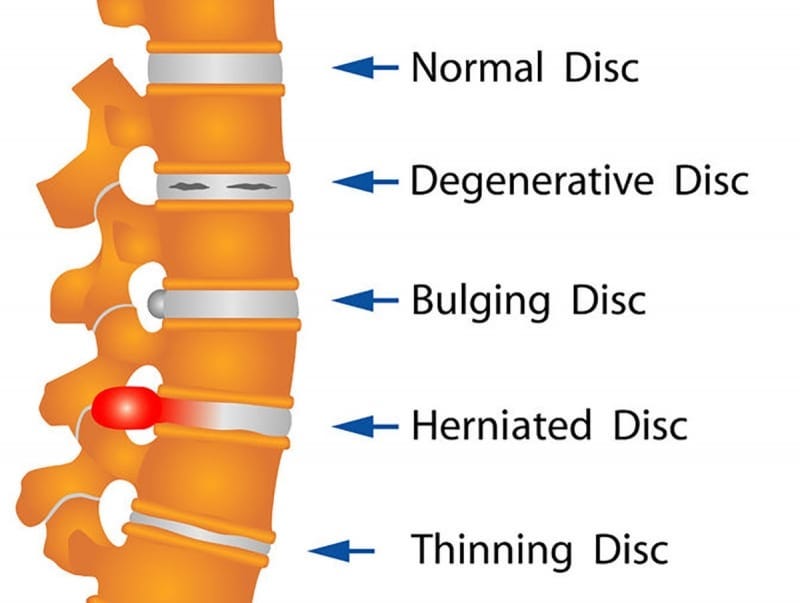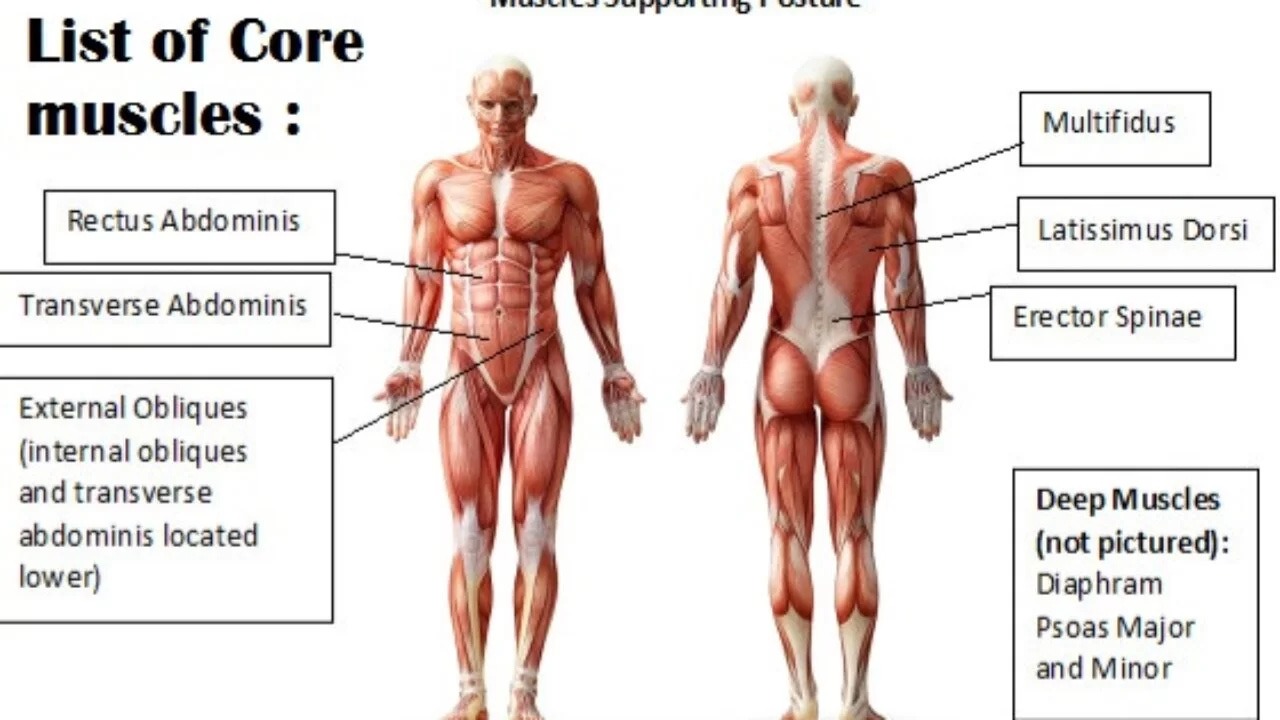
The low back is a region often exposed to angles, loads, and sub-optimal movement patterns that lead to disc degeneration and pain. In previous posts, I shared the steps that I take to slowly rebuild my client’s movement patterns (i.e., teaching a deadlift to lift objects) followed by stabilization and endurance exercises to build capacity in the low back musculature. In this post, I would like to present terminal exercises: those which build or influence strength and power production while also requiring lumbar stability.

As a brief overview, research is indicating that chronic extension, flexion, and torsion movements are associated with, and cause, disc degeneration (Balkovec & McGill, 2010). Thus, static or isometric exercises provide a stimulus to the core that builds endurance and stability while circumventing motion at the lumbar spine (Grenier &McGill, 2007). If we agree that the lower back should remain relatively motionless under explosive and strength based motions, it would also stand to reason that the lower spine be trained to resist these motions (i.e., extension, flexion, and torsion) as a precursor to strength and power development.

When teaching a client terminal exercises (and after my clients are cleared to begin a strengthening program with me), I try to pick movements that challenge the lower spine and associated musculature to resist motion in all 3 planes; frontal plane, transverse plane and sagittal plane. All of the exercises below induce co- contractions of the core to varying degrees. This approach has been found to induce the most stability at the lumbar spine (Grenier & McGill, 2007). Below is a synopsis of the exercises most commonly used with my clients:
Anti-Extension (sagittal plane): Planks
This exercise is designed to teach a person to resist the motion of buckling into exaggerated lordotic postures. McGill (2007) also noted that this exercise provides substantial isometric contraction and recruitment of the internal oblique, external oblique, transverse abdominis and overall stabilization of the spine.
Anti-Flexion (sagittal plane): Deadlifts
The hip hinge (i.e., hip flexion component of the deadlift) and deadlift movement is great for teaching a person to lift objects in a way that both recruits the hip extensors and spares spinal motions (McGill, 2007).
Anti-Lateral Flexion (frontal plane): Suitcase Carries
Suitcase carries provide stability in the frontal plane, especially when performing the exercise with an asymmetrical load. In this way, pelvic and spinal stabilizers (i.e., quadratus lumborum and obliques) become recruited (McGill, 2010).
Anti-Torsion (transverse plane): Anti-Rotation
McGill (2007) uses motions that teach the client to resist rotation at the spine. There are many variations of this exercise. For ease of use, this is a simpler method of teaching anti-rotation at the lumbar spine. Additionally, it is easy to slowly increase loads in a safe and predictable fashion.
Providing terminal exercises to back patients allows the opportunity to create stronger and more stable spines for daily tasks (i.e., lifting and carrying). Acknowledging the pathology, functional anatomy, and biomechanics of the low back allows exercise professionals to participate in the rehabilitation process in a meaningful and efficacious fashion.
References
Balkovec, C., & McGill, S. (2012). Extent of nucleus pulposus migration in the annulus of porcine intervertebral discs exposed to cyclic flexion only versus cyclic flexion and extension. Clinical Biomechanics. 27 (8), 766-770.
Extent of nucleus pulposus migration in the annulus of porcine intervertebral discs exposed to cyclic flexion only versus cyclic flexion and extension
Grenier, S. G., & McGill, S. M. (2007). Quantification of lumbar stability by using 2 different abdominal activation strategies. Archives of Physical Medicine and Rehabilitation. 88 (1), 54-62.
Quantification of lumbar stability by using 2 different abdominal activation strategies
McGill, S. (2007). Low back disorders: Evidence-based prevention and rehabilitation (2nd ed.). Windsor, ON: Human Kinetics.
McGill, S. (2010). The painful lumbar spine.IDEA Fitness Journal, 7 (1), 32-37.
The Painful Lumbar Spine
-Michael McIsaac
